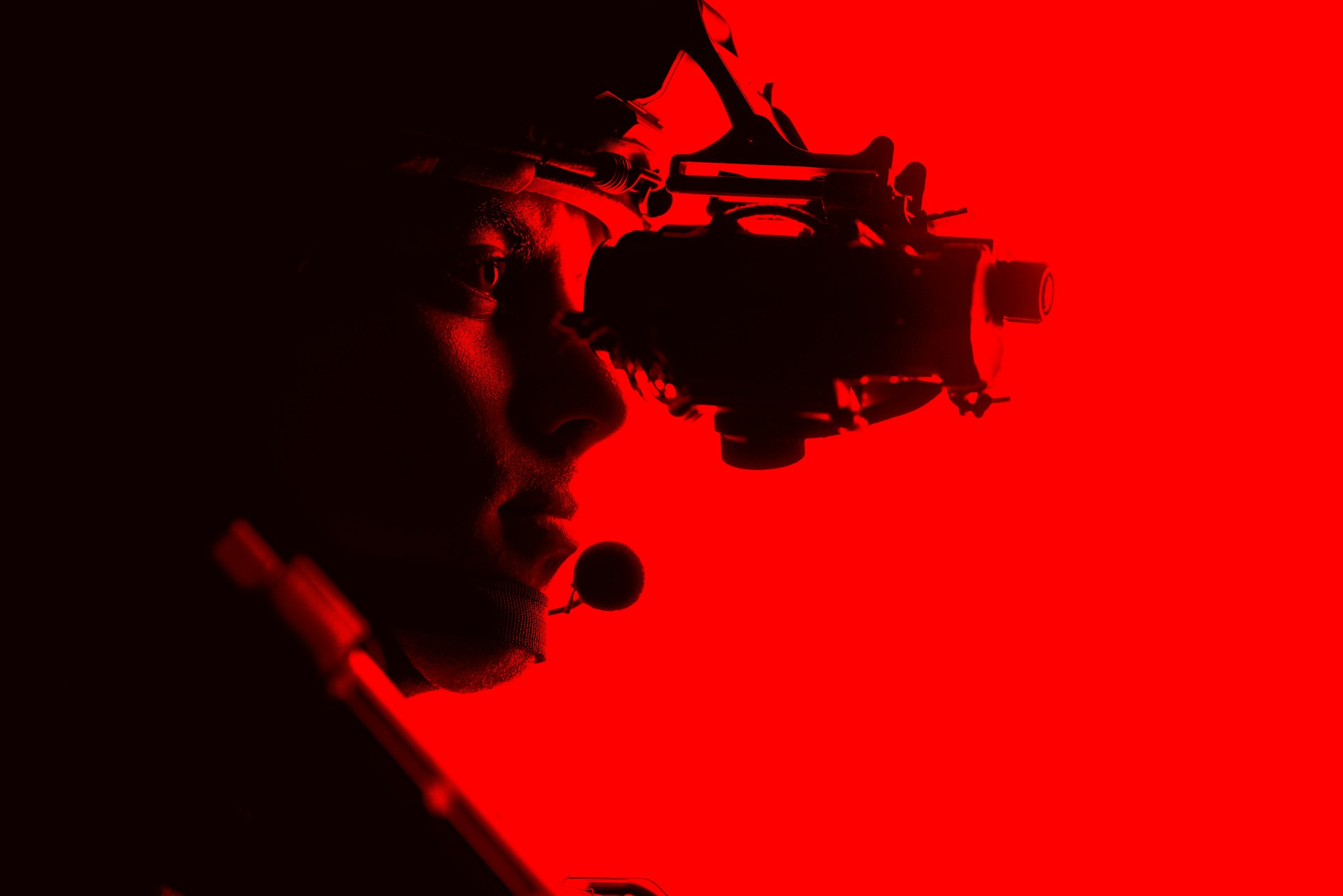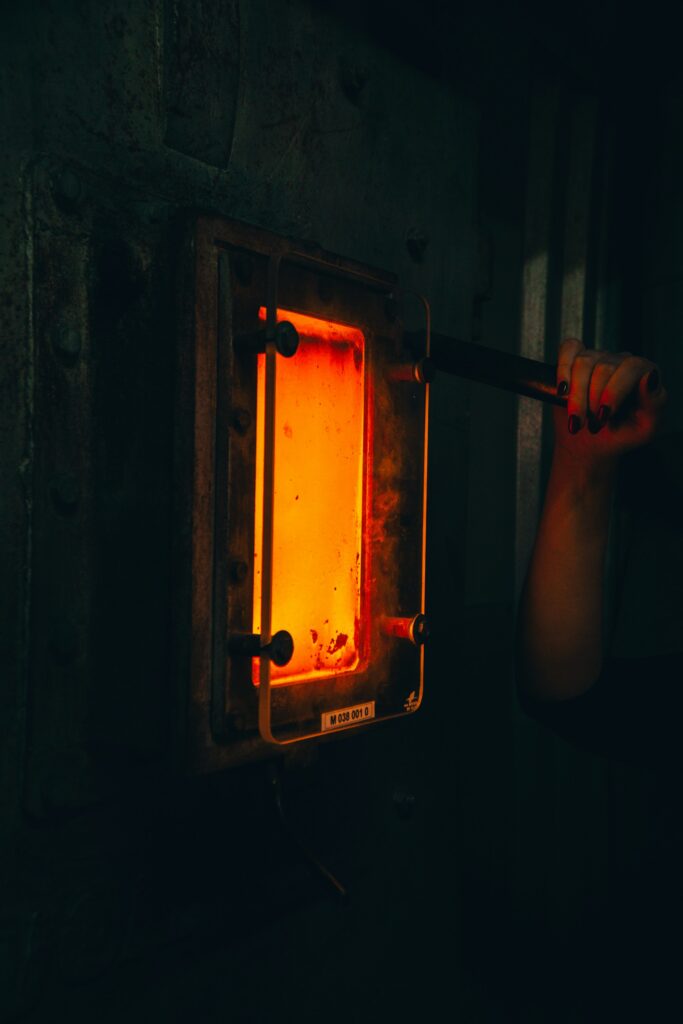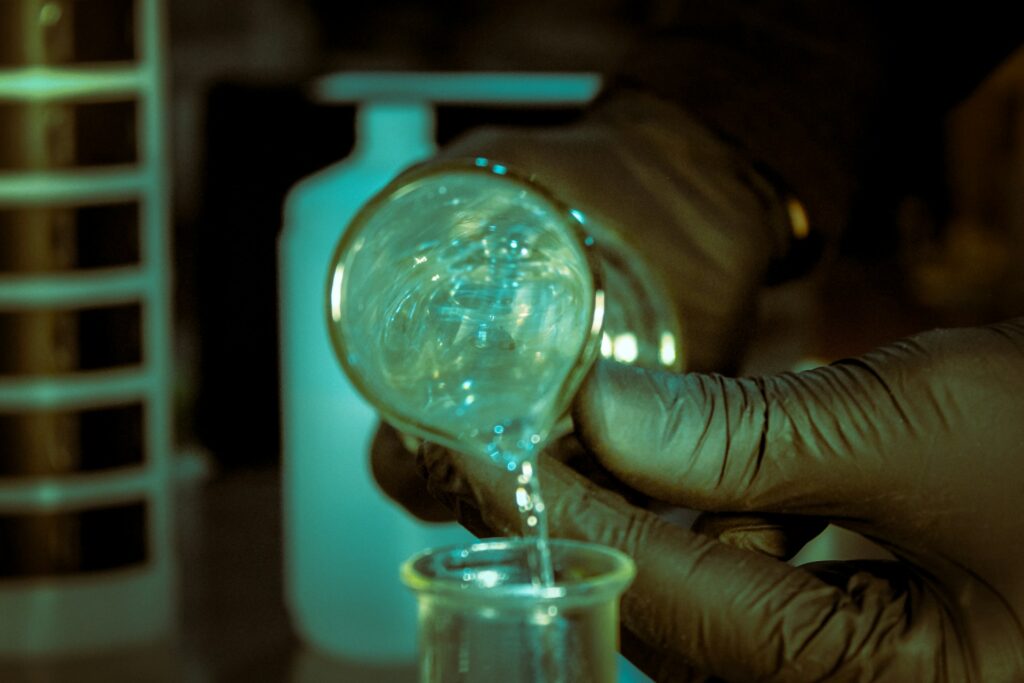MIT engineers have unveiled their new technique to grow and peel an ultrathin pyroelectric membrane just 10 nanometers thick that senses heat across the full infrared band without bulky cooling hardware. The research, published in Nature, can be found here:
Zhang, X., Ericksen, O., Lee, S., Akl, M., Song, M.-K., Lan, H., Pal, P., Suh, J. M., Lindemann, S., Ryu, J.-E., Shao, Y., Zheng, X., Han, N. M., Bhatia, B., Kim, H., Kum, H. S., Chang, C. S., Shi, Y., Eom, C.-B., & Kim, J. (2025). Atomic lift-off of epitaxial membranes for cooling-free infrared detection. Nature. https://doi.org/10.1038/s41586-025-08874-7
The team used a variation of remote epitaxy to grow lead magnesium niobate–lead titanate (PMN-PT) directly on a single-crystal substrate. Unexpectedly, the PMN-PT film peeled away intact without an intervening graphene layer, thanks to lead atoms at the interface acting like nanoscale “Teflon” and preventing chemical bonds from forming with the wafer. After lift-off, the substrate remains undamaged and can be reused, enabling scalable production of identical thin films. Xinyuan Zhang, a graduate student in MIT’s Department of Materials Science and Engineering (DMSE) and lead author of the study said:
“This film considerably reduces weight and cost, making it lightweight, portable, and easier to integrate, for example, it could be directly worn on glasses.”
To evaluate sensitivity, the researchers fabricated a 10 nm-thick membrane array of 100 pixels (each ~60 µm across) and exposed it to slight temperature changes. The array registered millikelvin fluctuations over wavelengths from 3 µm to beyond 14 µm; covering mid- and far-IR bands used in thermal imaging, achieved performance on par with mercury-cadmium-telluride detectors that must operate near –196 °C.
Because the pyroelectric film runs at room temperature and weighs only micrograms, it could be laminated directly onto standard eyeglass lenses. Read-out electronics, simple optics, and a battery would fit within a conventional spectacle frame, replacing today’s helmet-mounted, cryogenically cooled goggles. Graduate student Xinyuan Zhang and Associate Professor Jeehwan Kim at MIT, along with Professor Chang-Beom Eom’s group at University of Wisconsin–Madison, are now integrating a 1,024-pixel test chip with CMOS circuitry and planning field trials under varied environmental conditions. Zhang stated:
“We envision that our ultrathin films could be made into high-performance night-vision goggles, considering its broad-spectrum infrared sensitivity at room-temperature, which allows for a lightweight design without a cooling system, To turn this into a night-vision system, a functional device array should be integrated with readout circuitry. Furthermore, testing in varied environmental conditions is essential for practical applications.”
The study’s MIT co-authors are first author Xinyuan Zhang, Sangho Lee, Min-Kyu Song, Haihui Lan, Jun Min Suh, Jung-El Ryu, Yanjie Shao, Xudong Zheng, Ne Myo Han, and Jeehwan Kim, associate professor of mechanical engineering and of materials science and engineering, along with researchers at the University Wisconsin at Madison led by Professor Chang-Beom Eom and authors from multiple other institutions.

Hassan graduated with a Master’s degree in Chemical Engineering from the University of Chester (UK). He currently works as a design engineering consultant for one of the largest engineering firms in the world along with being an associate member of the Institute of Chemical Engineers (IChemE).



